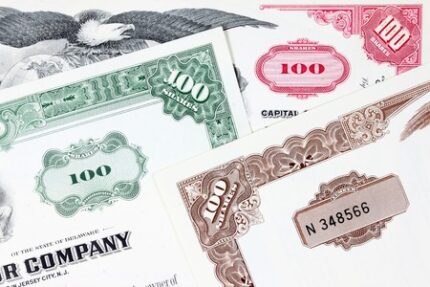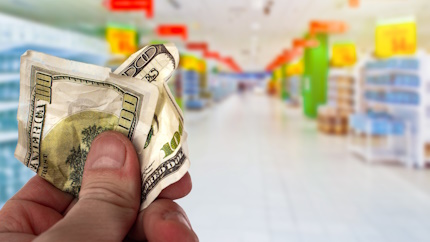The challenges businesses faced during the pandemic’s early days forced many companies to change their dividend policies. Now, more than four years on from those scary days, it is apparent that many companies will not go back to their pre-COVID dividend practices. Share buybacks have become a more popular way to “return cash to shareholders.”

My investment services focus on dividend income, so I am always looking for companies that pay stable and growing dividends over the long term. Paying a regular dividend with steady increases is a long-term commitment for a company.
The economic challenges brought on by the pandemic made many companies rethink their commitment to the existing dividend policies. In 2020, a lot of dividends were suspended or reduced, or the dividend increases stopped.
In recent years, many companies have not returned to the dividend plans they followed before the pandemic. Instead of paying out more free cash flow as dividends, companies have supplemented or replaced dividend payments with share buyback plans.
With a share buyback plan, the company’s board of directors authorizes a set amount of money to buy in shares. The management team buys shares on the open market at their discretion, up to the authorized amount.
For example, ONEOK, Inc. (OKE) announced a $2 billion share buyback authorization valid for four years earlier this year. ONEOK now grows its dividends vastly slower than before the pandemic.
The potential benefits of buybacks come from the lower number of outstanding shares. Lowering the share count increases earnings and cash flow per share. Buybacks can enhance EPS growth or produce “manufactured” EPS growth for a slow-growing company.
Growing earnings per share should help propel share price appreciation. It should also allow the company to grow its dividend rate. However, there are some potential issues with share buyback plans.
A company must follow through with dividend increases when the buyback helps increase earnings per share. If a company doesn’t grow its dividend, it becomes clear that management and the Board are not serious about returning profits to shareholders.
A buyback may not help the share price. If a company spends billions to buy in shares near a market top, and then stocks crash, the money spent to buy in shares has literally been thrown away.
Corporate leaders call buybacks “returning cash to shareholders,” which I find quite misleading. If I am a shareholder, I get no cash unless I sell my shares, and then I will no longer be a shareholder. The “returning cash to shareholders” claim about buybacks gives me heartburn.
Unfortunately (in my opinion), share buybacks are now in much wider use, and I can’t avoid companies that employ them. For the stocks I research and recommend, I will be paying close attention to how they implement their buyback plans and reward shareholders with dividends and dividend increases. There is potential for buybacks to enhance investor return, but there is also the possibility for the money spent to buy in shares to be completely wasted.
Beating Inflation for the last 10 years
 Grocery prices jumped 1.2% last month...
Grocery prices jumped 1.2% last month...
The average cost of motor vehicle insurance rose 20.6%...
Prices for new drugs soared 35%...
And the end isn't in sight.
But there is one thing you can do right now to protect yourself...
A "bullet-proof inflation" dividend strategy that has already helped over 26,000 investors grow their income over the past 10 years.





